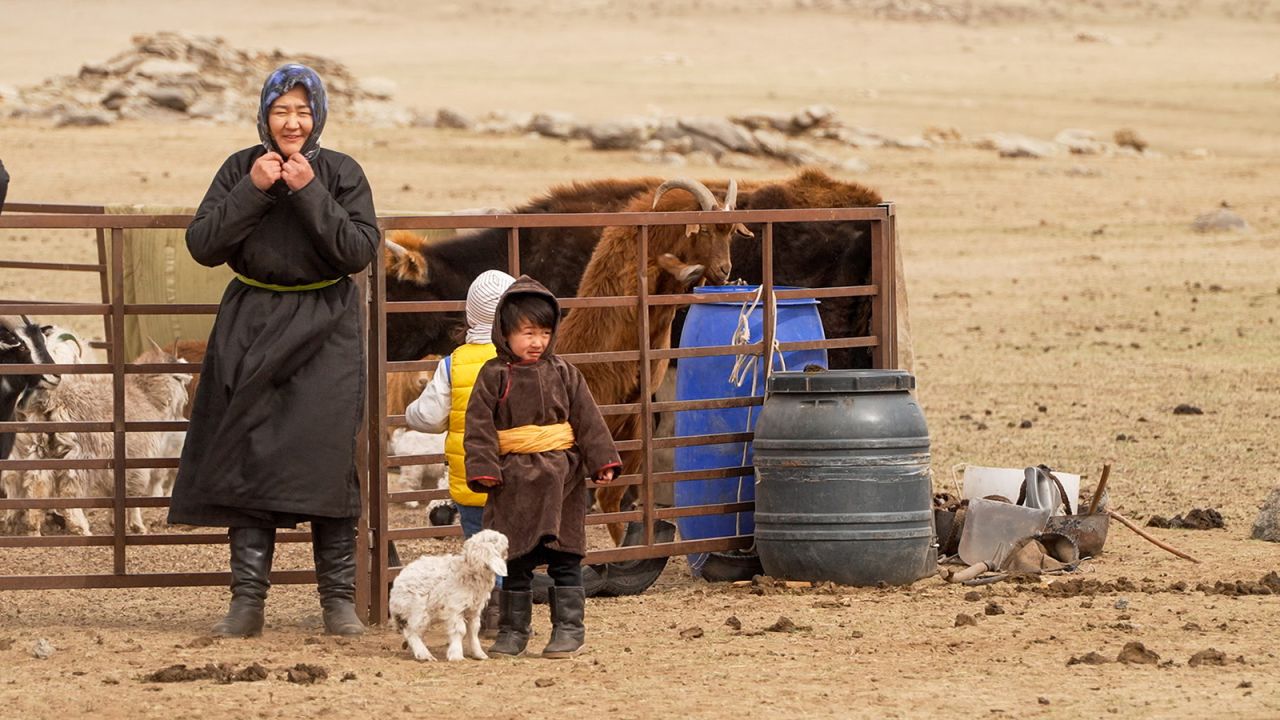Cashmere demand is threatening Mongolia’s steppe. Can the industry go sustainable?
by Admin

By spring on central Mongolia’s vast grasslands, the bitter winter snows have largely melted, but strong winds and sandstorms can make this one of the harshest times of the year.
For herder Bayarduuren Zunduikhuu, it is also one of the busiest.
Like many members of Mongolia’s estimated 300,000 nomadic herder households, Bayarduuren makes much of her income collecting and selling cashmere wool from her free-roaming goats. She combs the animals’ fleeces one by one, teasing out the fine underbelly fibers they molt as the weather warms.
Prized for its durability and softness, cashmere is used to make luxury sweaters, scarves and blankets. Around 40% of the world’s cashmere comes from Mongolia — roughly 10,000 metric tons in 2021 — according to the United Nations Development Programme (UNDP). Today, cashmere is one of Mongolia’s main exports.
But growing global demand for this luxury wool is taking a toll on the environment and jeopardizing traditional ways of life. As the cashmere market has soared in recent decades, so too has the number of goats grazing on Mongolia’s grasslands. There are now an estimated 27 million of them, meaning they outnumber people in the country by more than eight to one.
By spring on central Mongolia’s vast grasslands, the bitter winter snows have largely melted, but strong winds and sandstorms can make this one of the harshest times of the year. For herder Bayarduuren Zunduikhuu, it is also one of the busiest. “We wake up as the sun rises,” she says. “Spring is all about the…
Recent Posts
- Liverpool ends 15-year curse with statement win over Real Madrid
- The TSA-approved hack that allows travelers to bring a bottle of water through airport security
- Подводный WiFi, аквапонные фермы: как морские техностартапы привлекают инвесторов
- “Подводный интернет”: эта женщина может подключить беспроводную сеть на 3-километровой глубине
- Inside the wild world of Osaka’s dangerous, adrenaline-fueled float festivals